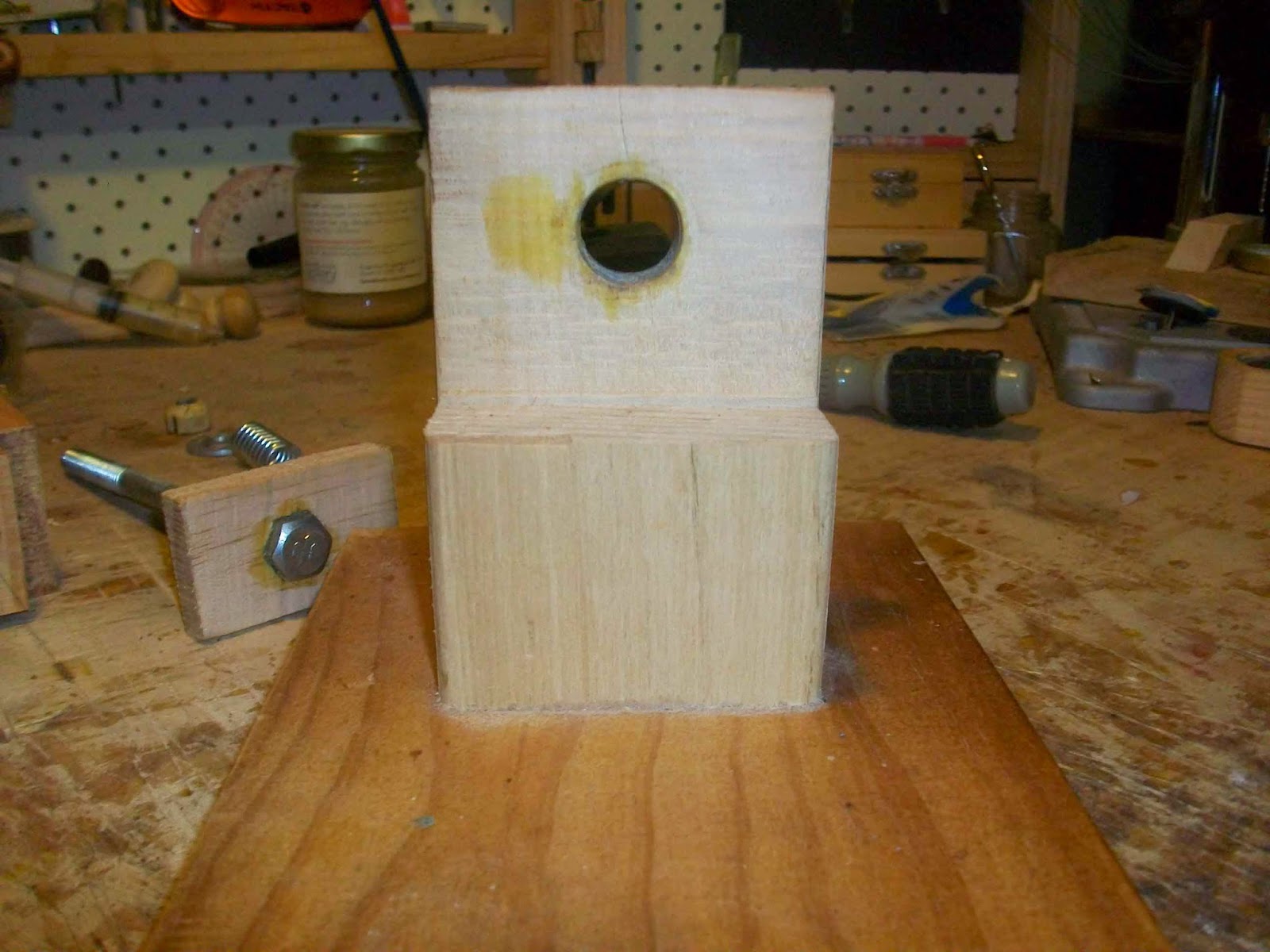Back to the shed, after a couple of days doing normal living things doctors, shopping etc. We had a wonderful day yesterday, having lunch with an old school mate, and his 91 year old mother, a wonderful women who has never had a bad word to say about anybody.
I have decided to go back to the original plan, for the front I have the leaves pointing outward from the centre, this is to allow for a wooden latch. On the marquetry for the back I have turned the leaves inward to allow for the wooden hinges, all going well it should work.
I have put masking tape on the veneer for the back panel, I then using carbon paper traced the pattern onto the tape.
Using the same process I will complete the marquetry.
When I placed the veneer behind the pattern I didn't judge right, leaving a piece missing from the branch. I could just re-cut the whole piece or just cut a piece for the missing part of the branch, which is what I did.
When the marquetry is complete glue onto the box.
Tomorrow I hope to do the marquetry for the lid. Thanks for visiting the blog and if you have any questions please leave a comment or send me an email.











































.JPG)
.JPG)
.JPG)
.JPG)
.JPG)
.JPG)
.JPG)
.JPG)
.JPG)
.JPG)
.JPG)
.JPG)
.JPG)
.JPG)
.JPG)
.JPG)
.JPG)
.JPG)
.JPG)
.JPG)
.JPG)
.JPG)
.JPG)
.JPG)
.JPG)
.JPG)
.JPG)
.JPG)
.JPG)
.JPG)
.JPG)
.JPG)
.JPG)
.JPG)
.JPG)
.JPG)
.JPG)
.JPG)
.JPG)
.JPG)
.JPG)
.JPG)
.JPG)
.JPG)
.JPG)
.JPG)
.JPG)
.JPG)
.JPG)
.JPG)
.JPG)
.JPG)
.JPG)
.JPG)
.JPG)
.JPG)
.JPG)
.JPG)